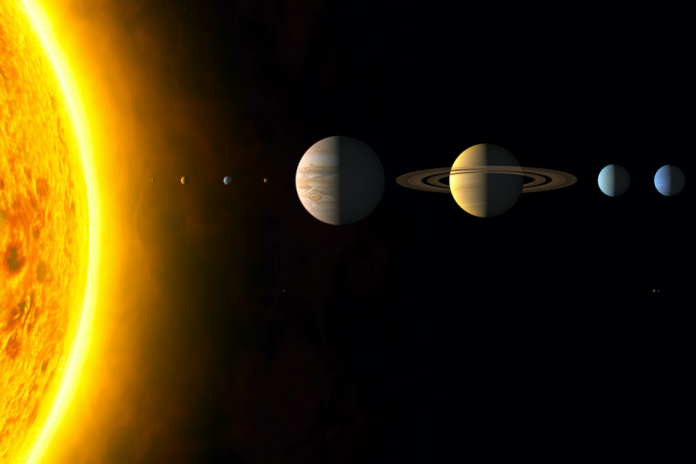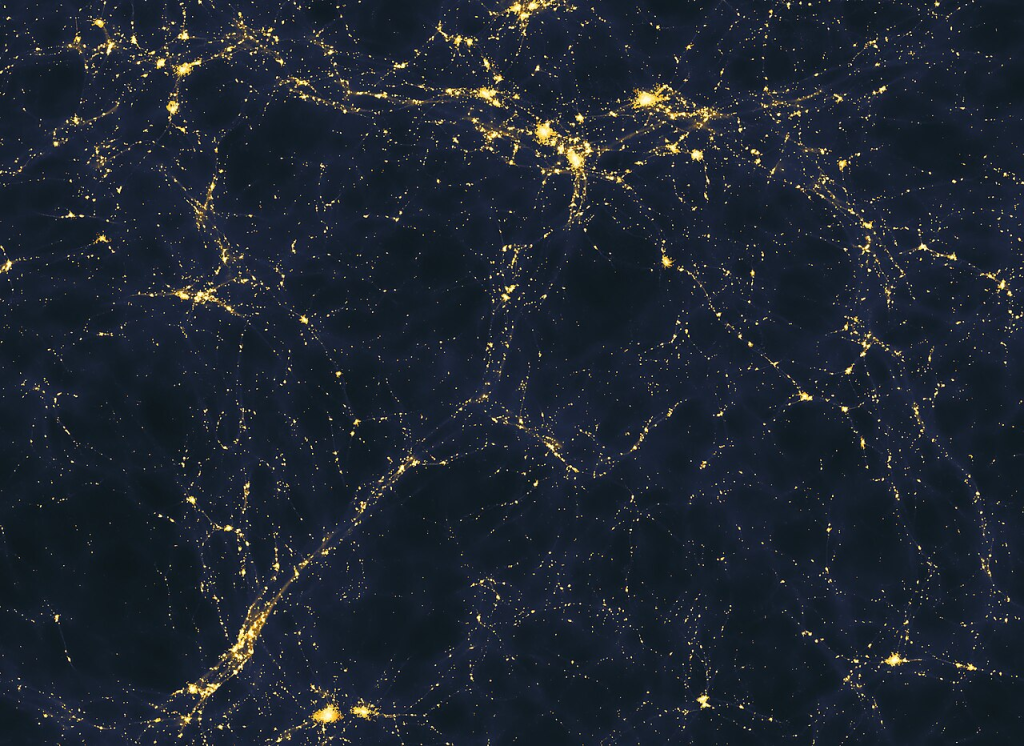
If you think the Milky Way is large, just remember: it’s only a cosmic speck, in the grip of gravitational tug-of-war within a supercluster that’s so enormous that even astronomers can’t nail down its size. In fact, the Milky Way and all that’s familiar could be floating within a basin of attraction that’s even larger than the mythical Laniākea supercluster. The most recent studies indicate our home galaxy is only a small eddy within the gravitational flows of the Shapley Supercluster, the biggest known mass concentration in our area of the universe.

1. Charting the Cosmic Address: From Milky Way to Shapley
The Milky Way is enormous in scale 100,000 light-years wide, 1,000 light-years thick, and containing 100 billion stars. But it’s just one node within a greater web. Astronomers have charted our position in the universe as a nested hierarchy for centuries: Solar System, Milky Way, Local Group, Virgo Cluster, Virgo Supercluster, and then Laniākea a 500 million light-year-wide basin of gravitational pull. But fresh figures now indicate that even Laniākea is only a substructure within the Shapley Supercluster, a cosmic giant predicted to be ten times as large in volume as Laniākea and the most dense known mass concentration in our cosmic vicinity.

2. The Method: Following 56,000 Galaxies Across Space
In order to map these gargantuan structures, astronomers under R. Brent Tully at the University of Hawai‘i deployed a novel approach: mapping the velocities of 56,000 galaxies across the local universe. By analyzing how galaxies move relative to one another factoring in both their velocities and positions the team constructed a gravitational map, revealing the hidden “basins of attraction” that shepherd galaxies and clusters into vast superclusters. “Just as water flows within watersheds, galaxies flow within cosmic basins of attraction. The finding of these vast basins has the potential to radically alter our picture of cosmic structure,” Tully said.

3. The Cosmic Web: Filaments, Nodes, and Dark Matter
Galaxies are not randomly distributed. Rather, they map out a cosmic web a huge network of filaments made of gas, dust, and, importantly, dark matter. These filaments serve as cosmic highways, guiding galaxies along channels to nodes where gravity is most intense. In these nodes, galaxies then coalesce into groups, clusters, and superclusters, each within larger structures. The intergalactic medium a hot, diffuse plasma is what occupies the gaps in between, something that is difficult to observe directly but offers the framework for cosmic evolution.
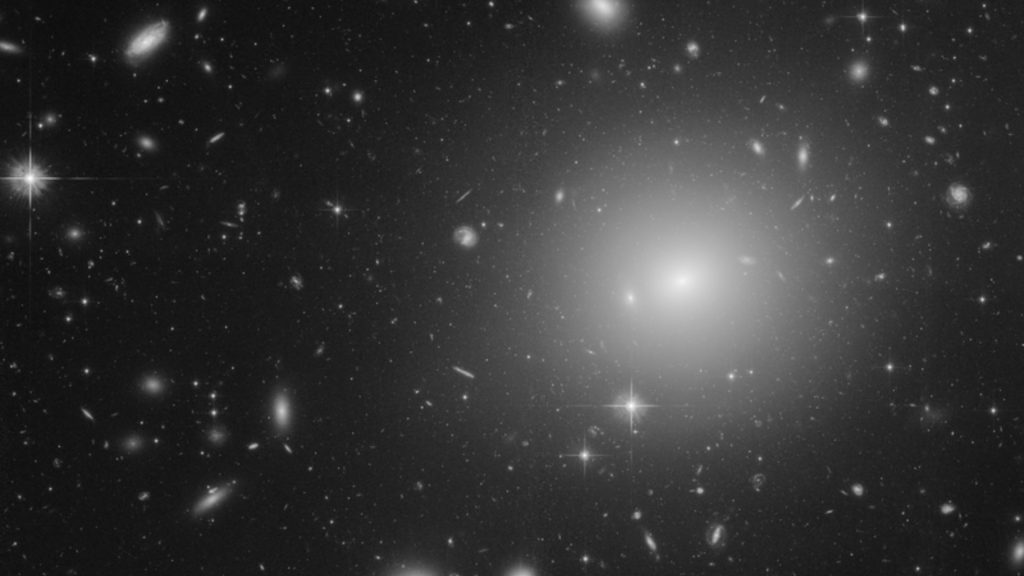
4. The Shapley Supercluster: Mass, Dynamics, and Boundaries
The mass of the Shapley Supercluster is simply enormous. Its overall mass has been estimated at (4.4 ± 0.44) × 1016 solar masses in a 50-megaparsec radius based on the number of massive X-ray clusters. However, with such vast mass, the area is gravitationally unbound the dark energy repulsive force keeps even the most dense superclusters expanding along with the universe. “The SSC adds only a small contribution (9.0 ± 2.1 per cent) to the Local Group’s peculiar velocity,” recent studies hold. The gravitational “pull” of the Shapley Supercluster is experienced, but one that does not ensnare galaxies in an eternal hug.
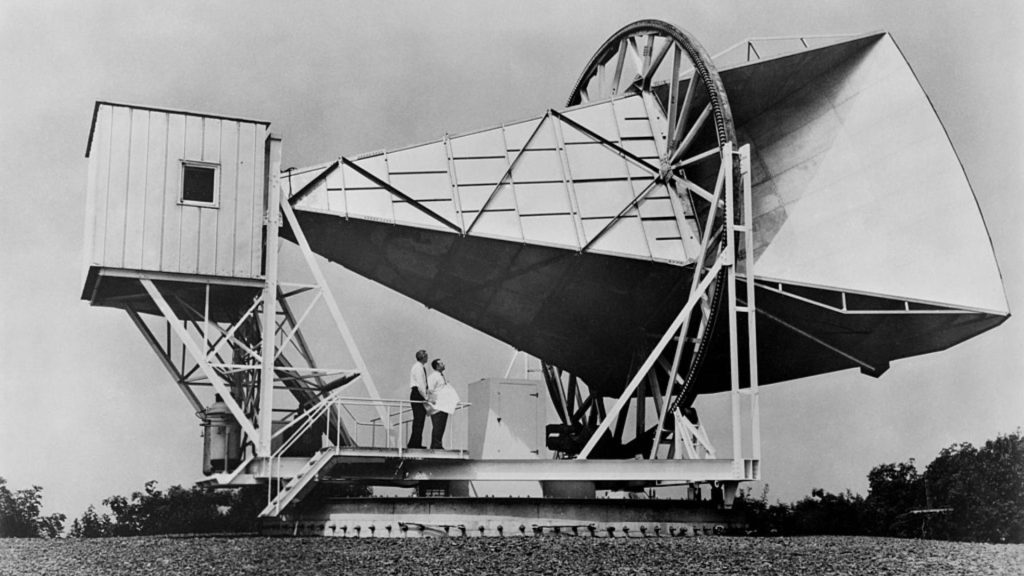
5. The Role of Inflation and the Cosmic Microwave Background
The seeds for these cosmic edifices were planted in the infancy of the universe. “The universe’s structure is thought to have developed from inflation-seeded quantum fluctuations in the early universe,” Tully and coauthors wrote.
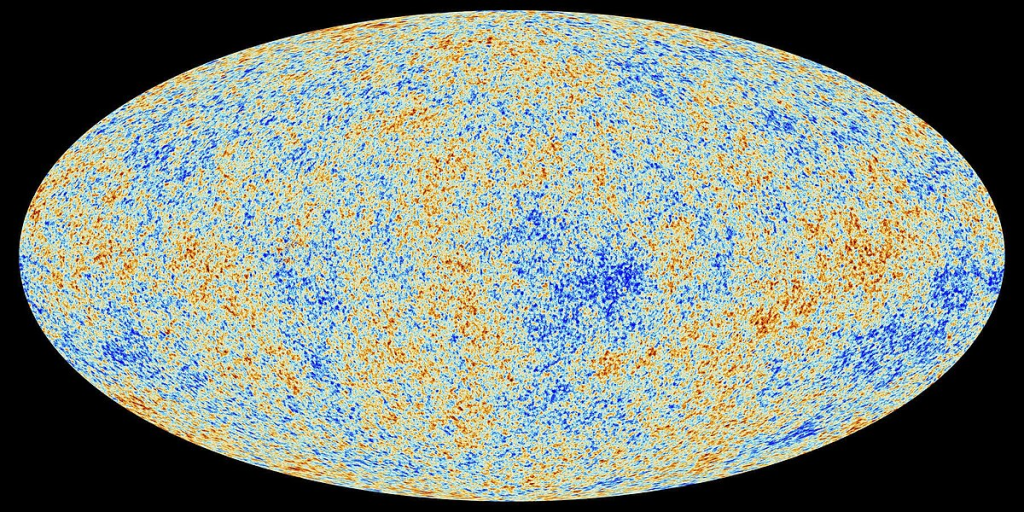
These tiny fluctuations, etched into the Cosmic Microwave Background (CMB), expanded over billions of years into the filaments, clusters, and superclusters of today. Anisotropies in the CMB, tiny temperature fluctuations, are the imprints of these initial density perturbations, which were stretched out by gravity into the cosmic web.
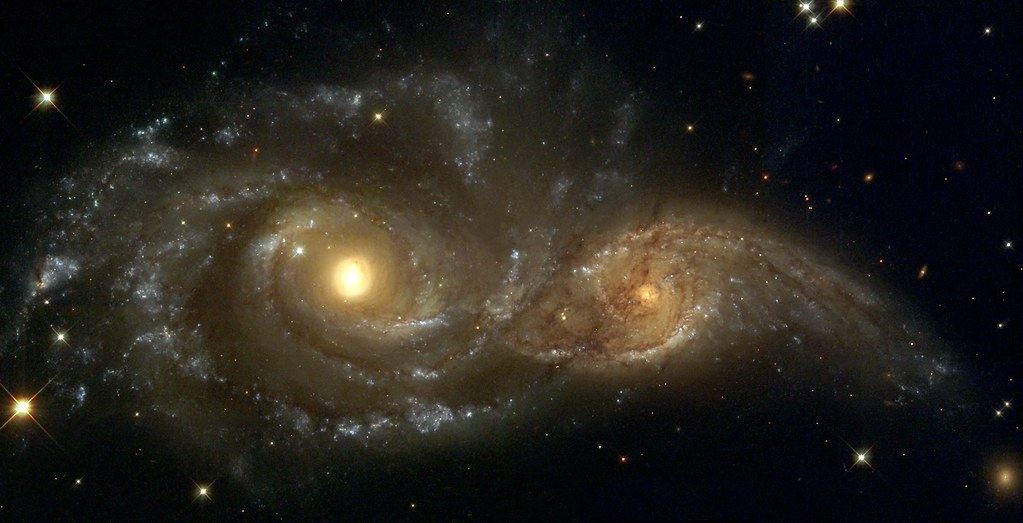
6. Simulations and the Limits of Current Models
In order to come up with the estimated size and impact of the Shapley Supercluster, astronomers use sophisticated simulations that simulate the motion of galaxies and clusters in these enormous basins. However, even with the most advanced models, it is difficult to explain the sheer magnitude of Shapley. Observations show that the supercluster’s edges go much farther than what normal cosmological models would expect. “With this discovery comes a challenge: our cosmic surveys are perhaps still not large enough to trace out the entire size of these vast basins,” said Ehsan Kourkchi, co-author of the research.
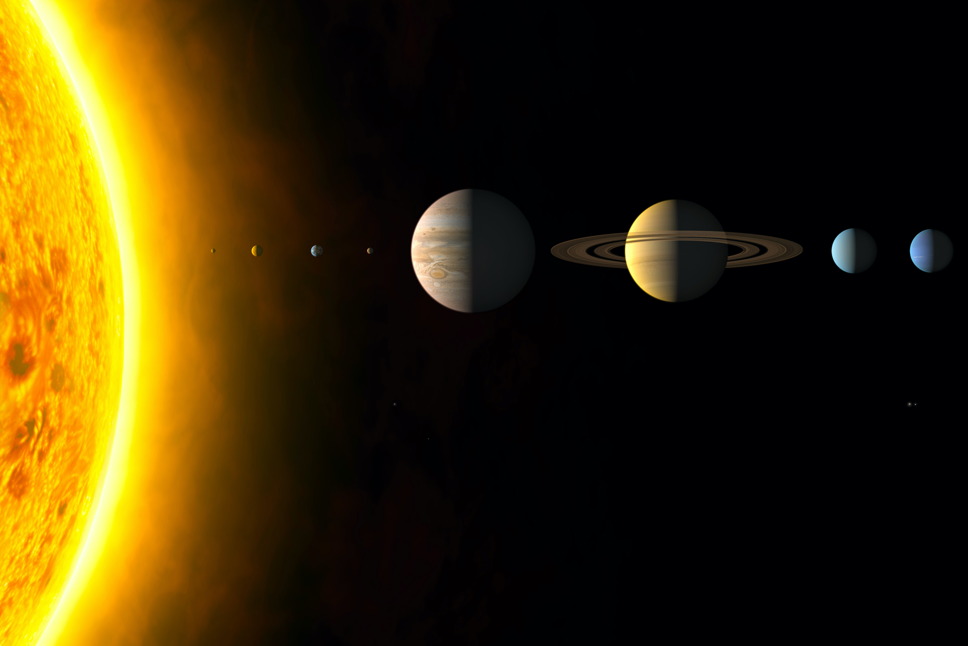
7. The Cosmological Principle Under Scrutiny
The fact that such gigantic, seemingly one-of-a-kind structures exist provokes deep questions about the cosmological principle the concept that the universe is the same everywhere and in every direction on the grandest scales. Megastructures such as the Shapley Supercluster seem to violate this law, indicating the universe is more lumpy and web-like than understood before. “The existing data are not sufficient to fix the outer boundaries of these leading [basins of attraction],” Tully said. “It follows that from the perspective of the [basins] that cosmology has not come to its ‘end of greatness.'”

The search for mapping the universe’s biggest structures is only half done. As astronomers improve their surveys and simulations, the full extent of our cosmic neighborhood and our position in it is an open and provocative question.
